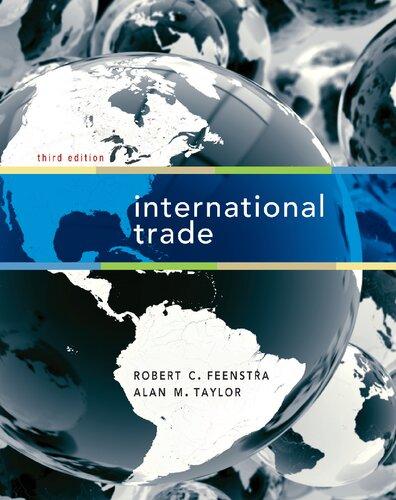9. In Figure 7-11, we saw that a fall in the relative price of components leads to
Question:
9. In Figure 7-11, we saw that a fall in the relative price of components leads to an increase in the amount of components imported but that the amount of R&D exported from Home does not necessarily increase. To explore this further, complete the following:
a. Let the relative price of components continue to fall in Figure 7-11, and show in a graph what happens to the equilibrium point on the isoquant for the final good.
b. Now draw another graph that has the relative price of components on the vertical axis and the imports of components on the horizontal axis. Start at the no-trade relative price of components, where imports are zero. Then label the various world relative prices of components on the vertical axis, and graph the quantity of imports at each price. Can we be sure that the import demand curve slopes downward?
c. Now draw a new graph that has the relative price of R&D on the vertical axis and the exports of R&D on the horizontal axis. Start at the no-trade relative price of R&D, where exports are zero. Then label the various world relative prices of R&D on the vertical axis, and graph the quantity of exports at each price. When the relative price of R&D is high enough, what do you notice about the export supply curve?
Step by Step Answer:







